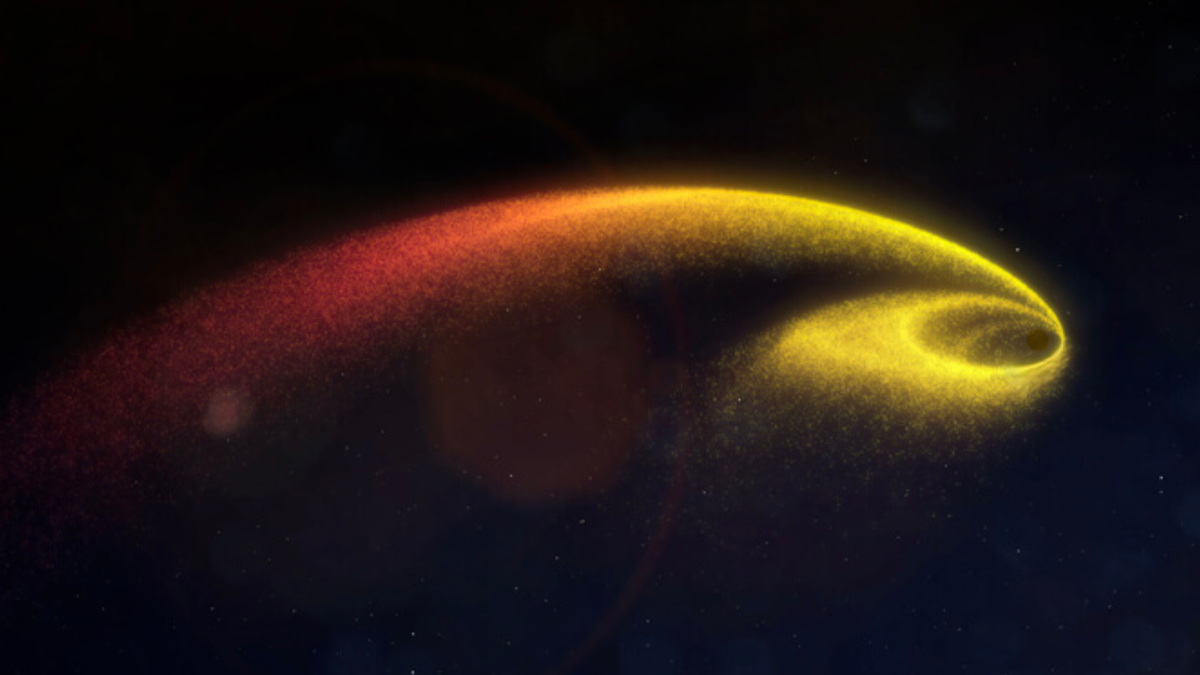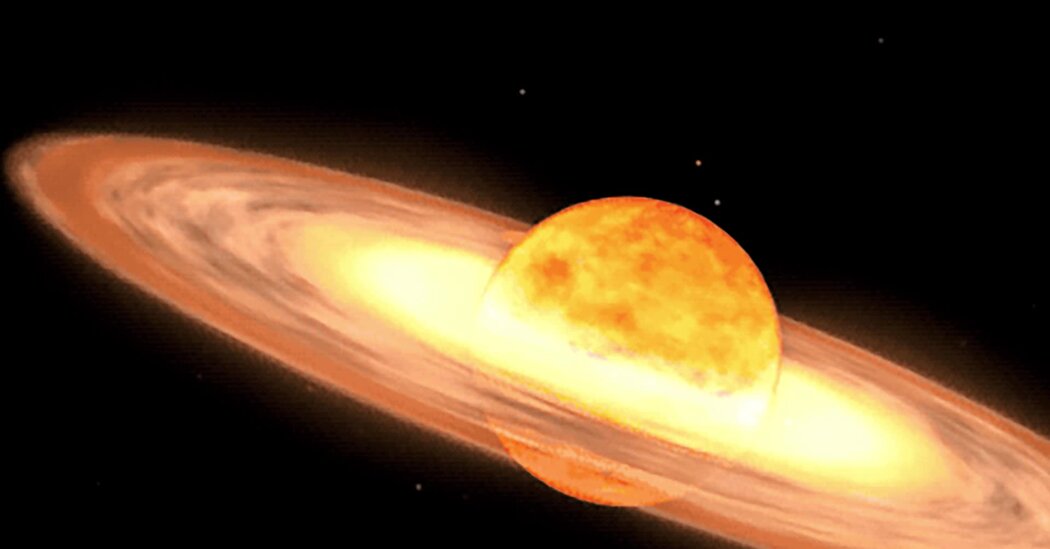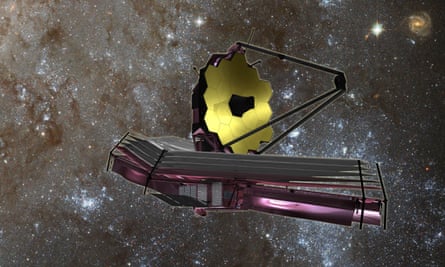-
Scientists find black hole spaghettifying star remarkably close to Earth

Astronomers have spotted the closest visible-light example yet of a supermassive black hole ripping apart and devouring a star. This star’s gory death can be blamed on a black hole with a mass equal to around one million suns; the event occurred in the active star-birthing galaxy NGC 3799, which is located about 160 million…
-
Deep-space astronomy sensor peers into the heart of an atom
Scientists have taken an instrument originally designed to study huge celestial objects in the cosmos and repurposed it to investigate the world on an infinitely smaller scale. With this instrument, they managed to probe the heart of the atom. The team wanted to understand quantum-scale changes that occur within unstable atoms, and realized there’s a…
-
Space One Rocket Explodes Seconds After Launch in Japan

The Japanese company hoped to become the country’s first private business to put a satellite into orbit. The failed launch was its inaugural flight. A plume of smoke rose over the launch site as the surrounding area caught fire.Kyodo, via Reuters The first rocket launched by the Japanese start-up Space One exploded seconds after takeoff…
-
Best laptops for astronomers 2024: Link up telescopes and edit astrophotographs
Best laptops 2024: Jump Menu Whether you’re running cutting-edge astronomy software or the best photo editing apps like Adobe Photoshop, we’re here to help. The best laptop shouldn’t just look good but must run the most graphically intensive workloads without a hitch. They should also have a stunning, expansive display with accurate colors. Indeed, there…
-
Why astronomers are worried about 2 major telescopes right now
There’s a bit of tension right now in the U.S. astronomy community and, perhaps unsurprisingly, it has to do with telescopes — extremely large telescopes, in fact. Here’s what’s going on. The National Science Foundation (NSF), a source of public funding that two powerful next-gen observatories have been banking on for financial support, is facing…
-
The next chapter of lunar exploration could forever change the moon — and our relationship to it (op-ed)

Aparna Venkatesan is an astronomer and dark-sky advocate in the Department of Physics and Astronomy at University of San Francisco. John Barentine is an astronomer, historian, author, science communicator, and founder of Dark Sky Consulting, LLC. For as long as there have been humans, the moon has been a calendar, ancestor, ritual, inspiration, and origin…
-
The Night Sky Will Soon Get ‘a New Star.’ Here’s How to See It.

If you keep a close eye on the night sky in the weeks and months ahead, you may spot something new. It will shine as bright as Polaris, the North Star, for no longer than a week before fading back into darkness. This ephemeral lighthouse is T Coronae Borealis, often referred to as T CrB.…
-
Good News and Bad News for Astronomers’ Biggest Dream

The National Science Foundation takes a step (just one) toward an “extremely large telescope.” The United States should commit $1.6 billion to building an “extremely large telescope” that would vault American astronomy into a new era, according to the National Science Board, which advises the National Science Foundation. In a statement on Feb. 27, the…
-
Space-borne atoms herald new tests of Einstein’s equivalence principle

Free falling: Einstein’s equivalence principle holds that the motion of freely-falling bodies (whether apples, oranges, or anything else) is independent of their composition. The Cold Atom Laboratory aboard the International Space Station aims to test this principle using ultracold atoms with different masses. (Courtesy: Ali Lezeik, adapting original image from Roskosmos/NASA) The motion of freely-falling…
-
Astronomers detect ‘waterworld with a boiling ocean’ in deep space

Astronomers have observed a distant planet that could be entirely covered in a deep water ocean, in findings that advance the search for habitable conditions beyond Earth. The observations, by Nasa’s James Webb space telescope (JWST), revealed water vapour and chemical signatures of methane and carbon dioxide in the atmosphere of the exoplanet, which is…